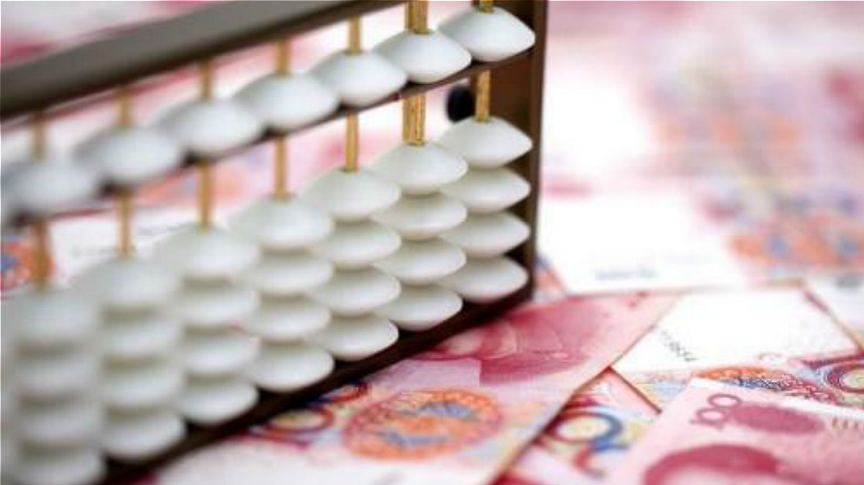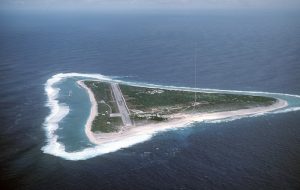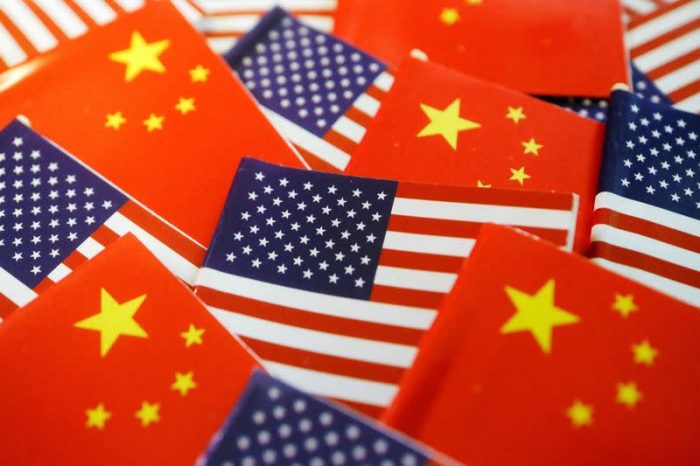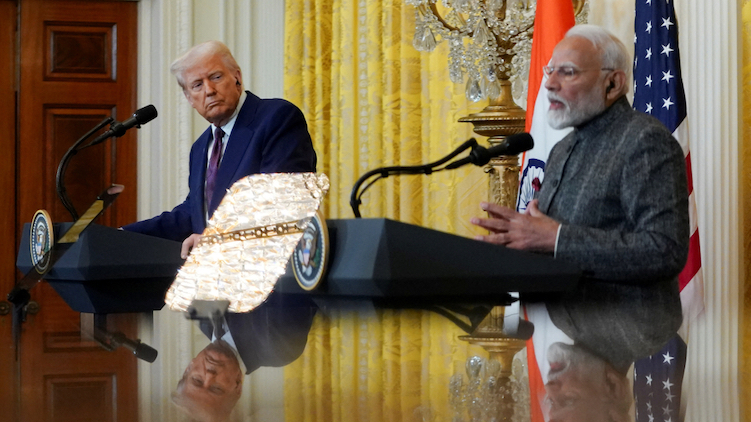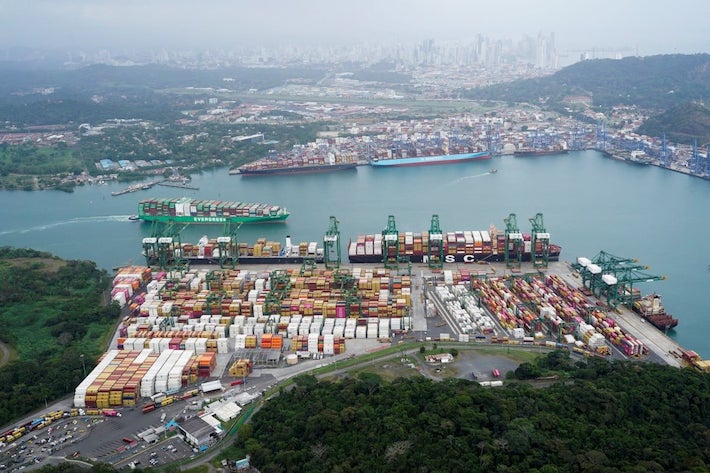(ATF) Overnight Wednesday, CNH – the offshore deliverable CNY – touched 7.1965, its weakest level on record and the weakest level of any version of the Chinese currency since January 2008.
By setting CNY parity on Thursday substantially stronger than that, at 7.1277, the People’s Bank of China (PBoC) apparently attempted to stem the slide, but to no avail. Levels came in a bit from the noon-time HK reading of 7.1680, to 7.1580 by 7pm, but not convincingly so.
Part of the story is the conviction of some traders that the Chinese government actually welcomes a weak yuan in order to support exports. I believe that to be thoroughly mistaken speculation.
A stable yuan, with bias to the strong side, is in China’s best interest. The necessary drawdown on China’s reserves in 2015/16 in order to support the yuan was a sobering experience for the PBoC, which it is not the least bit interested in repeating.
What’s depressing the yuan at this time is the relentless series of efforts by the US Trump administration to rein in Chinese economic, financial and political power and influence. The word “war” has been used by several high ranking US officials and one can only hope that this stays in the “cold war” sphere.
Various Trump moves on the trade and capital flow fronts are not only restricting capital inflows to China, but have prompted significant capital outflows. I reported yesterday on the sizeable ($35 billion) in mainland Chinese investment on the HK stock market in the first four months of the year. Estimates b several investment banks now put the capital outflows from China in April/May at well over $50 billion.
I’m not a technical chartist; but one can’t help noticing that the yuan has broken below any number of key resistance lines and that the PBoC, however unpleasant that may be, could very soon be forced to actively intervene in the offshore yuan market.
Failing that, the year-end target of many traders of 7.20 could be breached well before that time.




